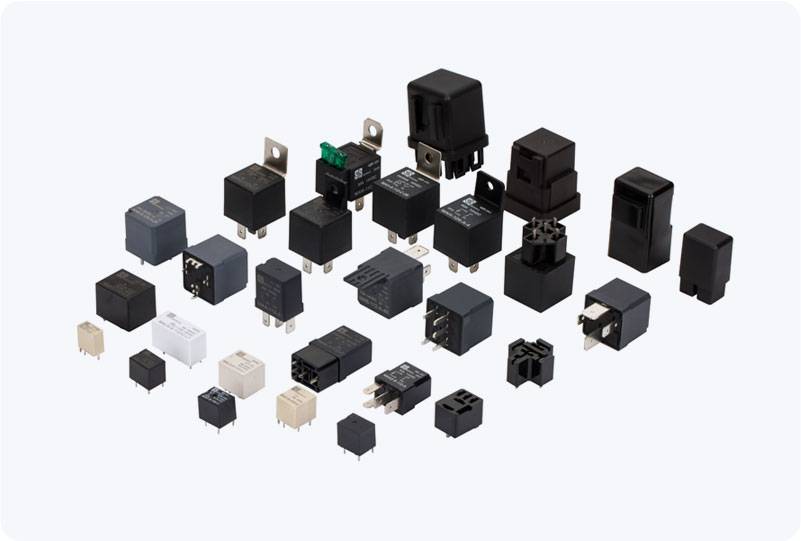In today’s modern electrical systems, ensuring safety and preventing potential hazards is a top priority. Among the various protective devices, the Leakage Current Relay plays a crucial role in safeguarding both electrical systems and human lives. These devices are designed to detect leakage currents, preventing accidents like electrical shocks, fires, and damage to equipment. In this article, we will explore the function, operation, and importance of Leakage Current Relays in maintaining electrical safety.

What is a Leakage Current Relay? A Leakage Current Relay is an electrical safety device that continuously monitors the leakage current flowing through an electrical system. It is designed to detect any unintentional flow of current outside the intended paths, such as through insulation breakdown or other faults. When the detected leakage current exceeds a predefined threshold, the relay triggers an alarm or disconnects the power supply, preventing further damage or danger. How Does a Leakage Current Relay Work? The basic principle behind the Leakage Current Relay is to monitor the difference between the incoming and outgoing currents in a circuit. It uses a current transformer (CT) to measure the current flow, comparing the current entering and exiting the load.